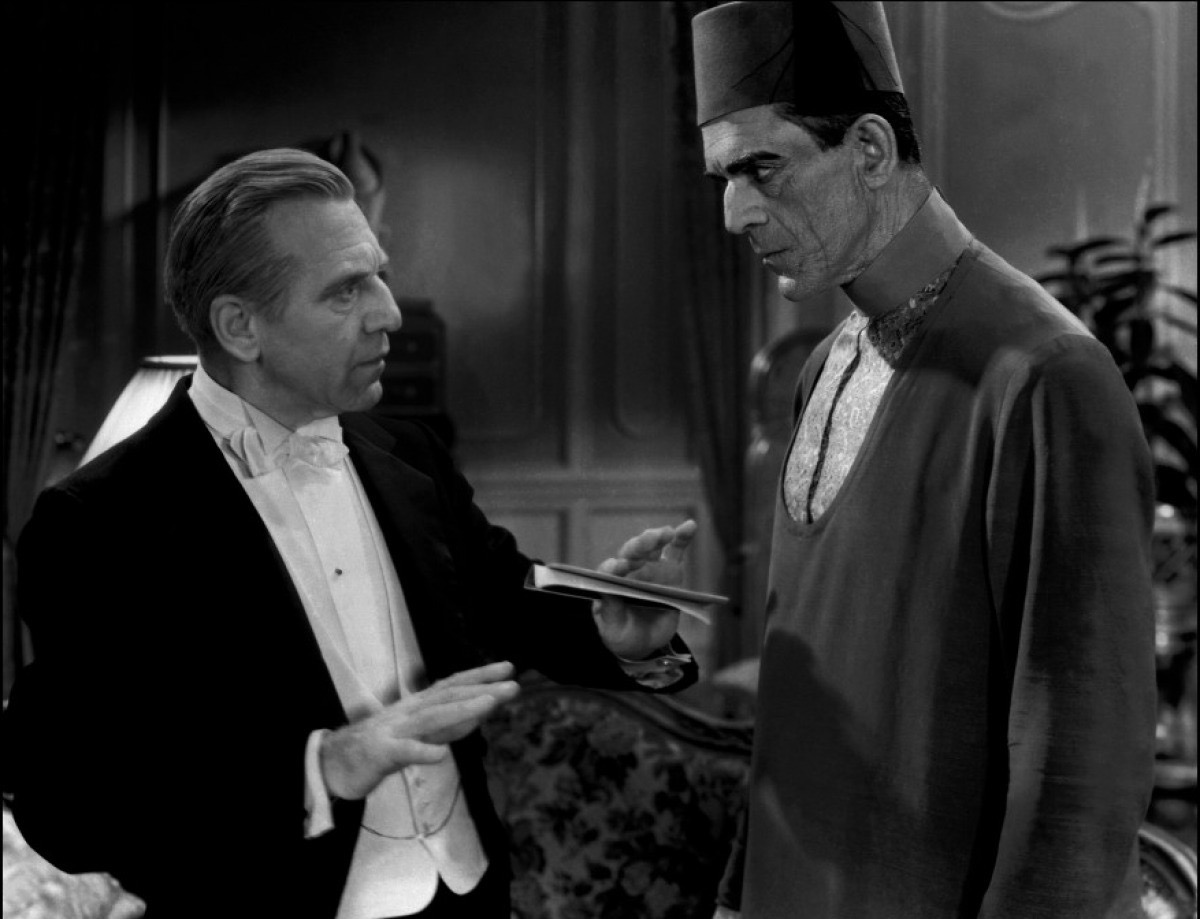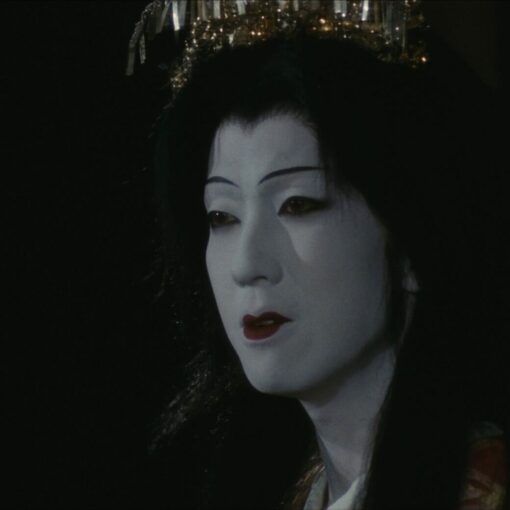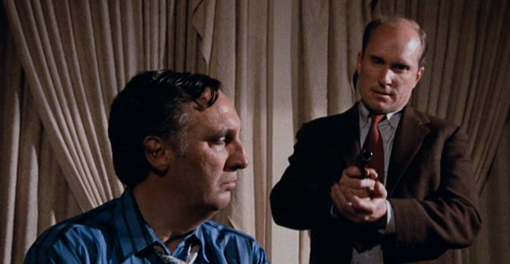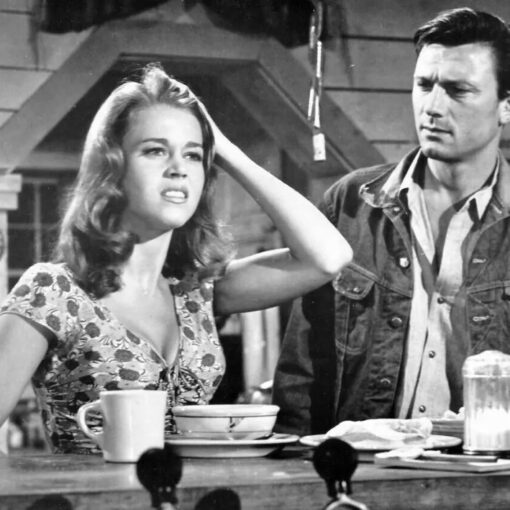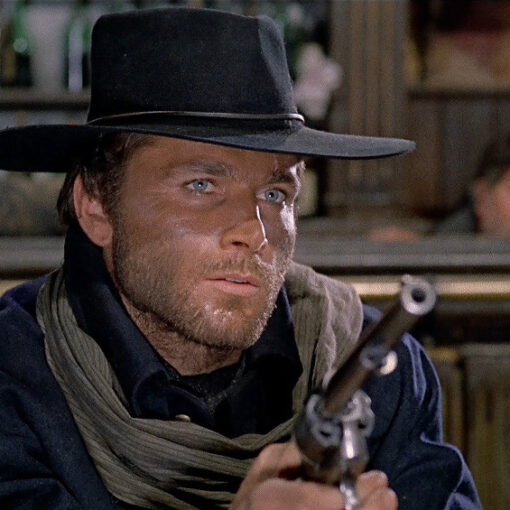This is the week when the new Mummy reboot starring Tom “Show me the Mummyyyyy!!!” Cruise hits theaters. So what could be a more appropriate time to take a look at three other films that share the same title? We’ll be talking about the 1932, 1959, and 1999 versions of The Mummy and analyze the differences between them.
First, let’s take a look at the original The Mummy from 1932. It is widely regarded as one of the best Universal classic horror films along with Dracula (1931) and Frankenstein (1931). Before I go any further, there are two points I have to make here.
– This is a totally different kind of Mummy film. The main villain isn’t rolled up in bandages and doesn’t kill lots of people like what we always think of with mummies. It’s something more unique.
– Don’t expect it to be a total thrill-fest. Some viewers may find it boring since it relies more on dialogue and has a low body count. Personally, I think it’s a combination of Fantasy, Romance and Horror. This is something that Tim Burton would later do in his 90’s films.
And here’s how the story begins. It starts with this text…
“This is the Scroll of Thoth. Herein are set down the magic words by which Isis raised Osiris from the dead.
Oh! Amon-Ra–Oh! God of Gods–Death is but the doorway to new life—We live today-we shall live again–In many forms shall we return-Oh, mighty one”
The first scene takes place in 1921. A group of British archaeologists, led by Sir Joseph (Arthur Byron), are in Egypt to “increase the sum of human knowledge of the past”. One day, they find a mummy coffin and prepare to study more about it. Moreover, they also retrieve a mysterious box that has a spell to revive the mummy. Unfortunately, one of the archaeologists accidentally reads it. So the mummy wakes up, escapes, and it causes that archaeologist to go insane to the point that he laughs to death, literally.
Ten years later, Frank (David Manners), the son of Sir Joseph, and Prof. Pearson arrive in Egypt. They have heard of the mystery that occurred ten years ago, but still don’t believe it. That is, until a creepy tall guy named Ardath Bey (Boris Karloff) tells them the location of the Princess Ankh-es-en-amon’s tomb. After they find it, it’s placed inside the Cairo Museum.
Meanwhile, Ardath uses his psychic power to lure Helen (Zita Johann), a daughter of the Sudanese governor, since she has a striking resemblance to princess Ankh-es-en-amon. Since then, we learn that Ardath is actually the mummy they discovered ten years ago and there’s a reason why he wants Helen….
This is actually a tragic love story disguised as a monster movie. Our hero has a pretty sad background and one of the main reasons why I love him is because of Boris Karloff’s acting. His baritone voice and stiff look are outstanding here. We see him slowly reveal his story power. From the beginning when he looks like an ordinary person to the point when he kills people with his psychic power, we know that this isn’t the typical Jason Voorhees style of mummy (in which he says nothing and kills people for revenge). The bad guy here is vulnerable and scary at the same time. I said scary not because of gory effects or jump scares, it’s because of one iconic shot in which Ardath looks at the audience and says nothing. This appears in the film four times and it is used whenever he uses his psychic power. Sometimes, the shot is still the same but we slowly see his eyes glowing in the dark. This is a subtle kind of creepiness. It reminds me of the twins from Stanley Kubrick’s The Shining. There’s no way you can find them scary when you google their image, but if you watch the film…the context and the atmosphere elevate how scary they are. Same here with The Mummy. The fact that it shows up whenever Ardath uses his mind force somehow creeps out viewers. This is probably the reason why it is one of the most memorable shots from classic horror films in that period.
For the love story, I don’t want to reveal too much of it although it might’ve entered the pop culture by now, like how everyone knows the ending of Empire Strikes Back, Soylent Green, The Sixth Sense, or Psycho. But it’s better to watch the story unfold since that’s a scene when you feel sympathy for the monster himself. As I said, it somehow reminds me of Tim Burton in the days before he made films that look like The Cure music videos, especially Edward Scissorhands. I mean, I know that Edward doesn’t want to kill his lover (like what Ardath tries to do…for a specific reason), but these characters passionately love someone else while other people think these guys are villains and should be eradicated. Come to think of it, I hope the sequel of this 2017 Mummy reboot will be a Romantic/Fantasy as a tribute to this unique entry of the franchise, NOT something annoying (or boring) like Twilight.
To sum up, The 1932 Mummy blows my mind. It’s not as entertaining as other Universal horror films like The Invisible Man (which is my most favorite classic horror film), but it’s different, memorable, and the minimalistic approach is totally remarkable and worth watching. Highly recommended.
Next time, we will look at something different. It’s the 1959 Mummy starring Peter Cushing and Christopher Lee.




